Main Project Plan: Pinhole camera
A pinhole camera is a very simple image making device that relies on the “camera obscura” effect. It is essentially a light-proof box with a very tiny hole in one side. This small hole, or aperture, lets a few light rays in that project an inverted image on the opposite wall of the box [1]. Often people put translucent paper on this wall so they can view the image, or put photo paper or film inside to permanently capture the image. I am an avid photographer, so this will be a fun exploration into analog image making methods.
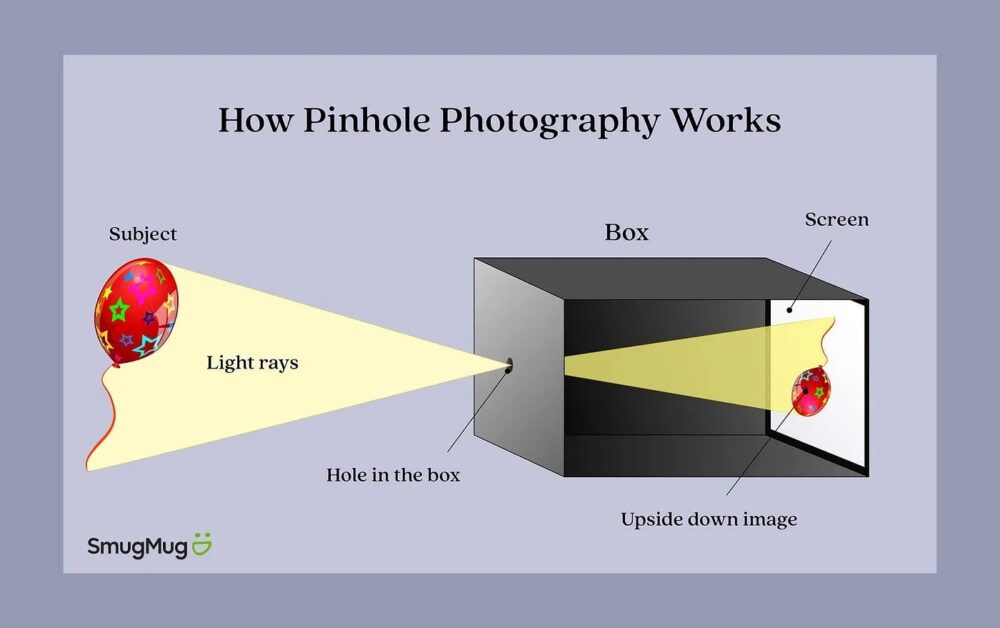
This mechanism would be in two states: (1) shutter covering the pinhole (the default state) and (2) shutter removed from hole, with a timer that transitions state (2) back to state (1) after a certain amount of time from the user activating the mechanism. I’ve researched the mechanisms in mechanical clocks and mechanical timers to get some ideas but I still need to design and prototype the system sooner rather than later.
There should also be a method for putting the photo paper or film into the camera, like a removable back. I also want to put threads in the bottom of the camera so I can attach it to my tripod.
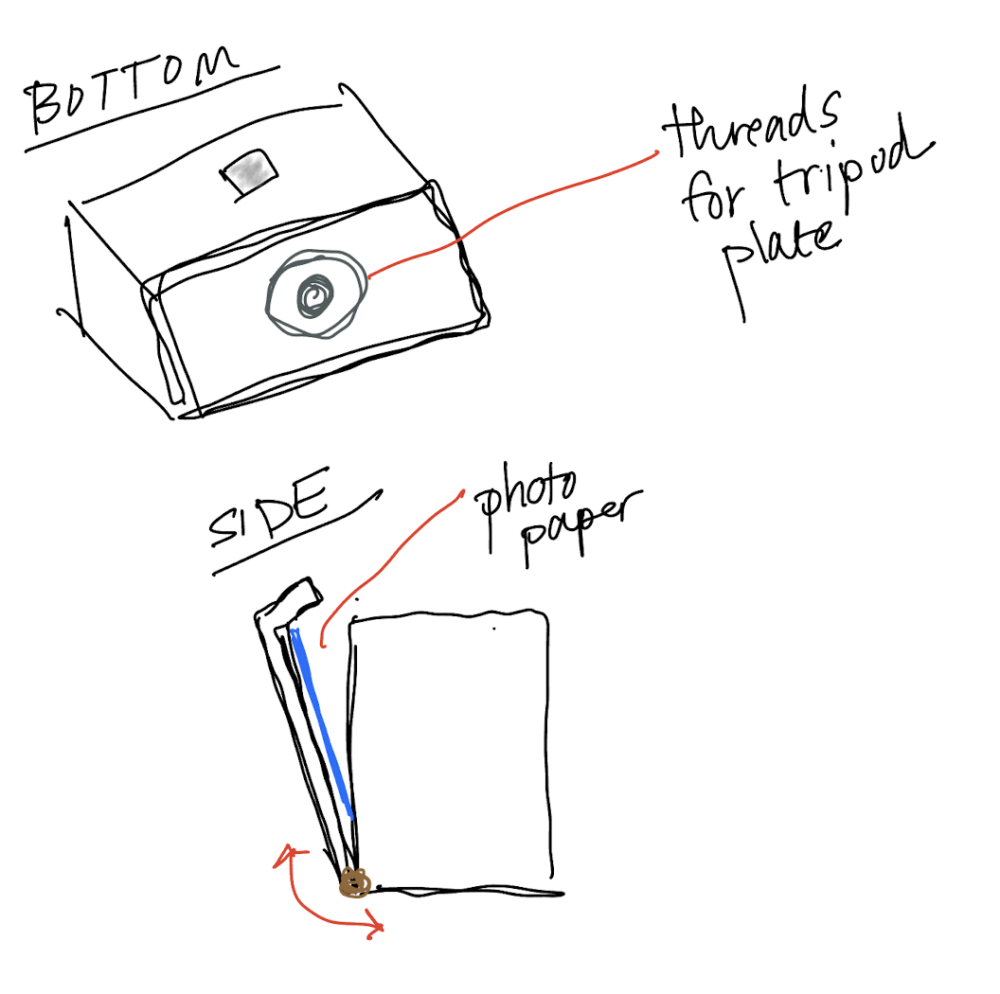
I imagined two different aesthetics for the project. The first was steampunk. According to the Aesthetics Wiki, “Steampunk engineering often includes visible gears and screws, as well as analog clocks, steam-powered machines (including vehicles such as airships that often carry flying wooden ships), rotating propellers and dials. Those are always made of metals, wood, or even glass, but never plastics or other modern materials. [2]”
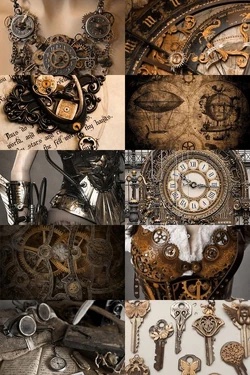
I think an exposed shutter mechanism will lean into this aesthetics with the gears and springs that will likely be in it. I essentially have a box to decorate so I could also plaster old Victorian-type imagery and extra gears.
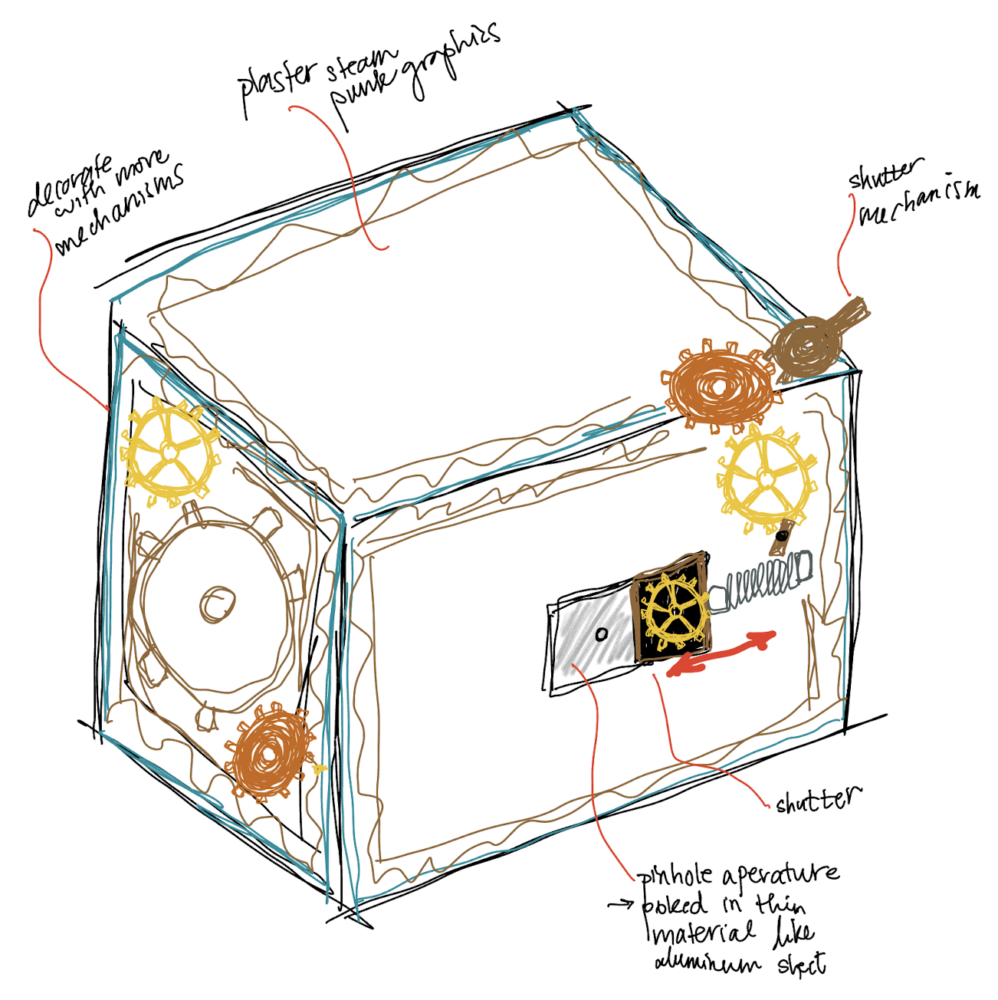
I also imagined the pinhole camera in a cyber/synthwave aesthetic. I could have grids or circuit traces decorating the sides and print a plastic shutter that manually slides open and closed for the exposure time.

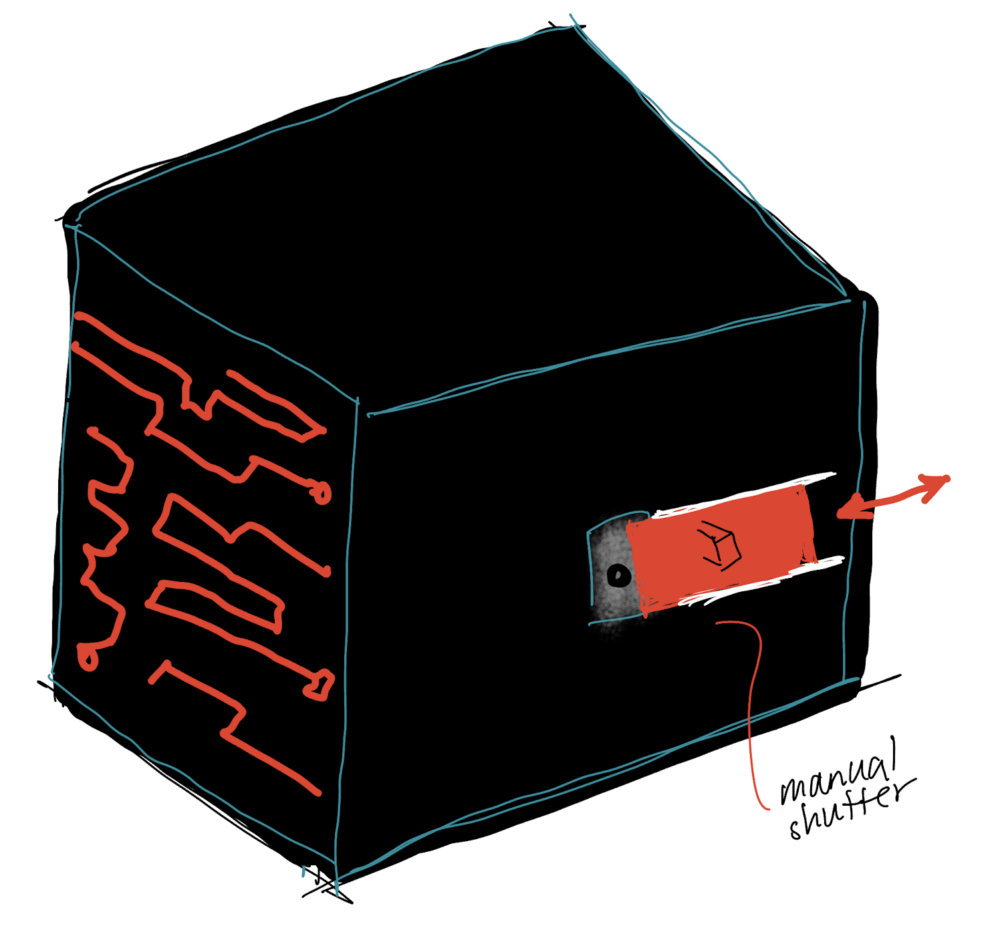 [1] N. Murshudova, “Pinhole Camera,” Medium. Accessed: Mar. 08, 2024. [Online]. Available: https://medium.com/@nrmin.mrdova.01/pinhole-camera-842ce79329b7
[1] N. Murshudova, “Pinhole Camera,” Medium. Accessed: Mar. 08, 2024. [Online]. Available: https://medium.com/@nrmin.mrdova.01/pinhole-camera-842ce79329b7[2] “Steampunk | Aesthetics Wiki | Fandom.” Accessed: Mar. 08, 2024. [Online]. Available: https://aesthetics.fandom.com/wiki/Steampunk
[3] Synthwave Grid Background Video, Blue Neon Retro 80s Loop Motion Background | Free Stock Footage, (Dec. 08, 2020). Accessed: Mar. 08, 2024. [Online Video]. Available: https://www.youtube.com/watch?v=cragUPBty8U

2 Comments. Leave new
Your exploration into building a pinhole camera is fascinating, especially with your attention to detail in both its functionality and aesthetics. Integrating mechanical elements for the shutter mechanism adds a unique touch and your consideration of different design styles like steampunk and cyber/synth-wave shows a creative approach to analog photography.
Hi Katie,
This project idea is really exciting and cool! I love your steampunk aesthetic idea, but would love to learn more about how you would plan to achieve this aesthetic. Do you plan to have a clear resin to protect the gears, or would you have the gears exposed? I believe having them protected might work better, but you would need to consider the implications that a resin might have on the pinhole. Additionally, I think it would be really sweet to have other gears attached to the shutter mechanism, which do nothing but contribute to the steampunk aesthetic. I really look forward to seeing what your final design ends up looking like!